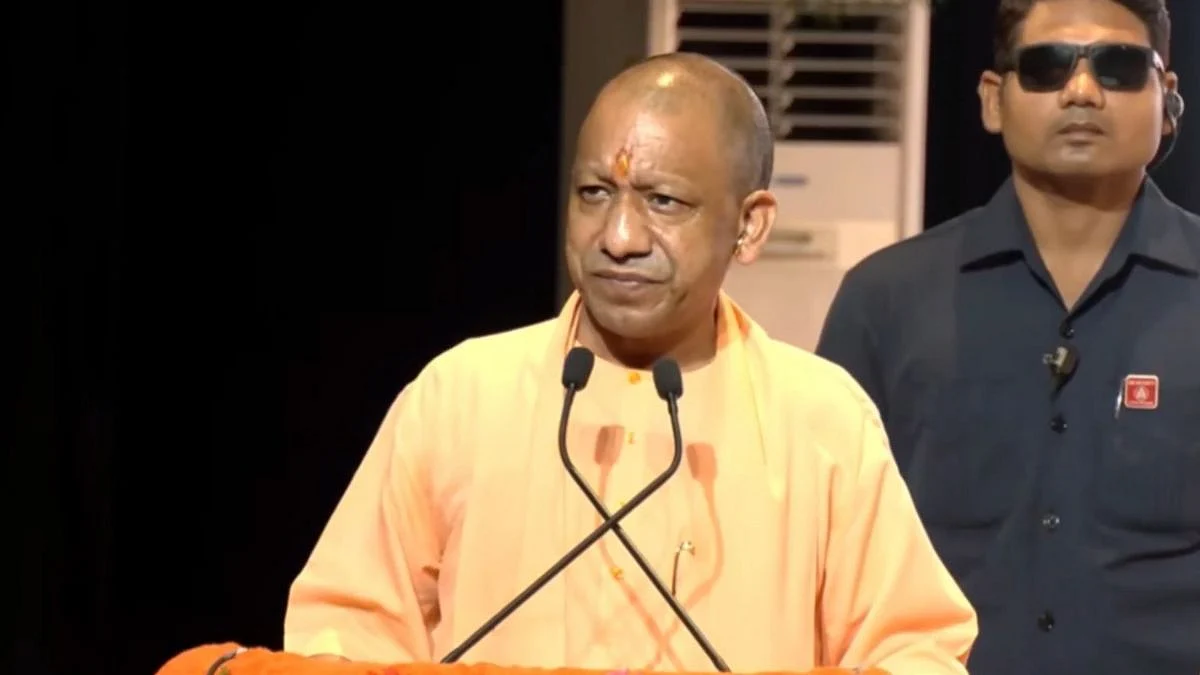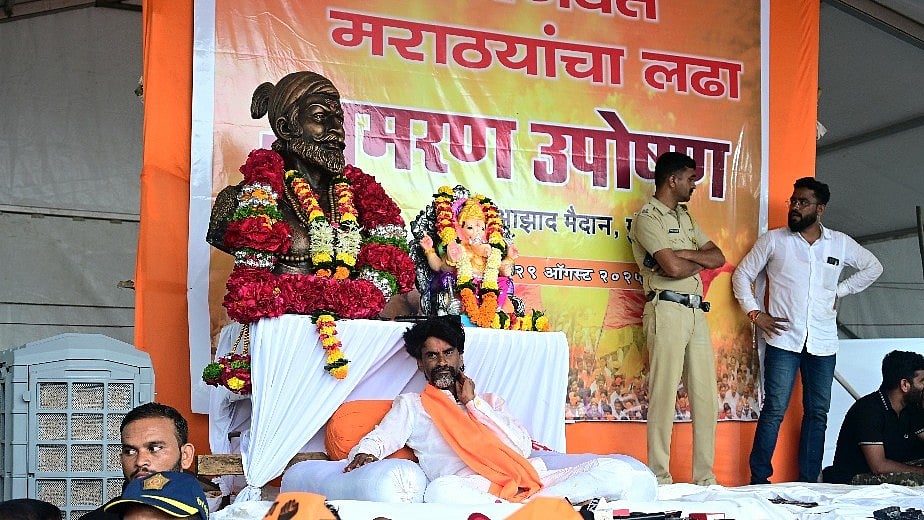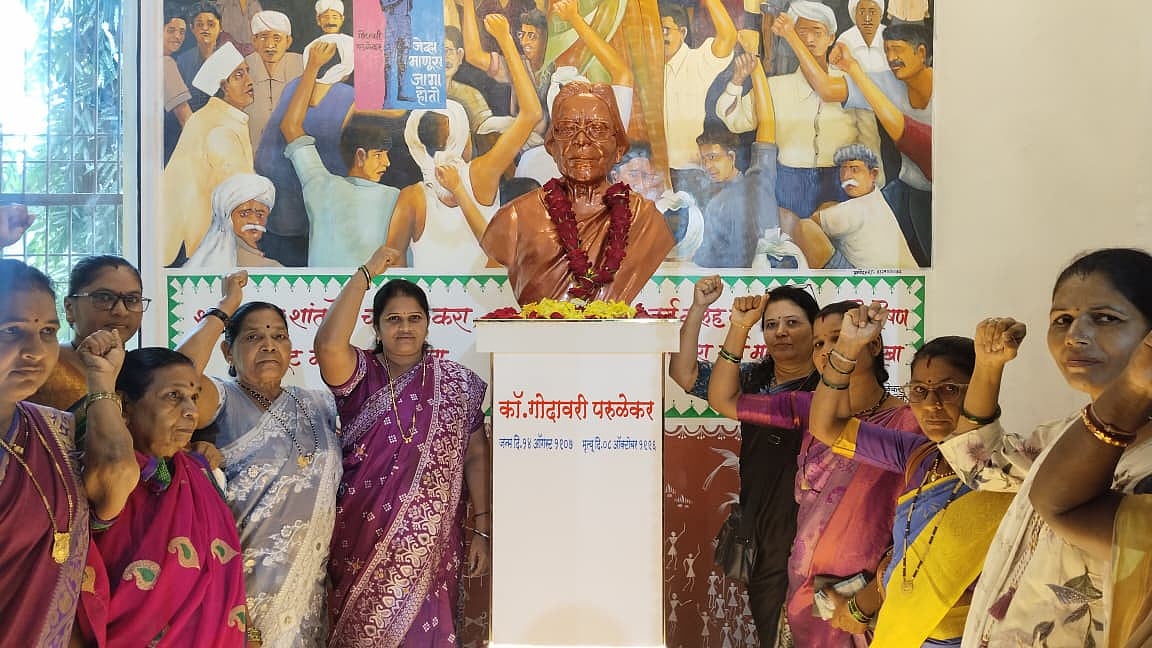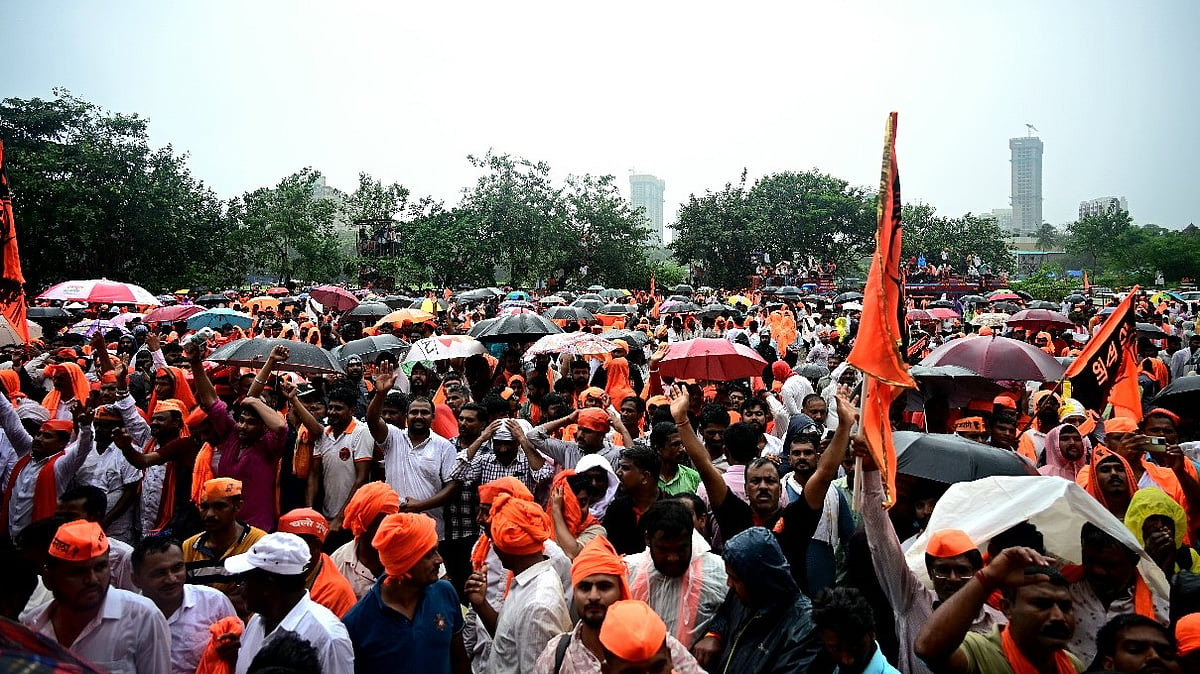Mumbai: In a city characterized by its bustling urban landscape, the Mahalaxmi racecourse has been at the center of a prolonged controversy, sparking discussions and debates among citizens and officials alike. The recent announcement by municipal commissioner Iqbal Singh Chahal sheds light on a resolution that not only addresses the concerns over the racecourse but also presents a promising vision for Mumbai's recreational future – the Mumbai Central Park.
Mr Chahal, a key figure in this saga, articulated the gravity of the situation, stating, "The Mahalaxmi racecourse issue is pending since 2013, and I have been in discussions with the managing committee of the Royal Western India Turf Club (RWITC) for one and a half years." His concern over the dilapidated condition of the racecourse, coupled with the lack of lease renewal for the past decade, fuelled the need for a decisive resolution.
Highlighting the urgency of the matter, Mr Chahal revealed, "In monsoon, each building of the racecourse is seen covered with blue plastic sheets to ward off the monsoon rain. I have told them that your racecourse has become like a slum, it's dilapidated." The commissioner stressed that the deteriorating infrastructure presented potential safety hazards, and the time had come to address the issue.
Shortage Of Parks In Mumbai
Mr Chahal's proposal introduced a collaborative approach to the predicament, acknowledging the shortage of public park space in Mumbai. "Today there is a shortage of public park space in Mumbai, except for Sanjay Gandhi National Park, Mumbai's land is more than one lakh acres, out of which only 140 acres are dedicated to gardens," he explained. This led to a plea for co-adjustment, where the racecourse could coexist with a public garden, ensuring Mumbaikars have access to a green sanctuary.
The proposal outlined the allocation of 120 acres for public gardens, while 97 acres would continue to host racecourse activities. Chahal reassured the public, stating, "Not even one brick will be brought there for any new construction." The vision extended beyond just the racecourse, with plans to connect the coastal road garden to the new public garden at Mahalaxmi racecourse, creating a sprawling 300-acre Mumbai Central Park.
Amusement Park Not On Plan
Clarifying earlier misconceptions about a "theme park", Mr Chahal emphasized, "The 'theme park' was not going to be an amusement park. We thought of making 4-5 acres of jungle, an artificial lake, and some landscaping ideas." He clarified that the intention was not to introduce amusement park rides but to create an immersive green space. The project was officially termed Mumbai Central Park, signifying an ambitious endeavor with zero construction.
However, not all voices echoed complete satisfaction with the proposal. Aaditya Thackeray, MLA of Shivsena UBT, said, "During the open house, the Municipal Commissioner expressed a few more concerns that continue to raise apprehension, such as the planned underground car park below the racecourse. Thackeray questioned its necessity, especially when provisions for a similar facility already exist on the coastal road. Furthermore, allocation of ₹100 crores from BMC funds for remaking stables for the Royal Western India Turf Club (RWITC). He argued, "It is a passion for most, sport for many, and most who can buy horses can contribute to building stables. Why our tax money?"
Adding another layer to the controversy, Thackeray highlighted the provision of houses in a "nearby SRA" scheme for an informal settlement. He questioned the ambiguity surrounding the scheme and how it might impact BMC's finances.
Varsha Gaikwad Welcomes Decision
Mumbai Congress president Varsha Gaikwad applauded the decision to refrain from turning Mahalaxmi racecourse into a "theme park", calling it a victory in the battle to save the land. She emphasized that the public owns this space, demanding transparency in any decisions regarding the racecourse's future.
Highlighting the disparity in RWITC members' support for the proposal, Ms Gaikwad said, "Only 540 out of 1718 members favoured the divide-and-conquer scheme. Most citizens do not favour bifurcation of the Racecourse green. Their voice must be heard." She appealed to Mumbaikars and the media to maintain pressure, fighting collectively for the preservation of green spaces in the city.
Mumbai Central Park: What's Latest?
As the controversy unfolds, the proposed Mumbai Central Park awaits further developments. The process involves the creation of an MOU between the racecourse, BMC, and the government, which will be sent for government approval. The Cabinet Ministry's resolution for the lease extension will follow, and the remaining area will be allocated to BMC.
The timeline for the realization of Mumbai Central Park remains uncertain. The decision-making process involves various bureaucratic steps, including the creation of an MOU, government approval, and the issuance of a Government Resolution (GR). Only after these steps are completed can the city anticipate the transformation of the Mahalaxmi Racecourse into the sprawling Mumbai Central Park.
The Mumbai Central Park saga encapsulates the delicate balance between preserving historical landmarks, addressing urban needs, and ensuring public participation in decision-making. As Mumbaikars eagerly await the transformation of the Mahalaxmi racecourse, the overarching theme of this controversy is the city's relentless pursuit of green spaces amid the concrete jungle, and the role citizens play in shaping the future of their beloved metropolis.











